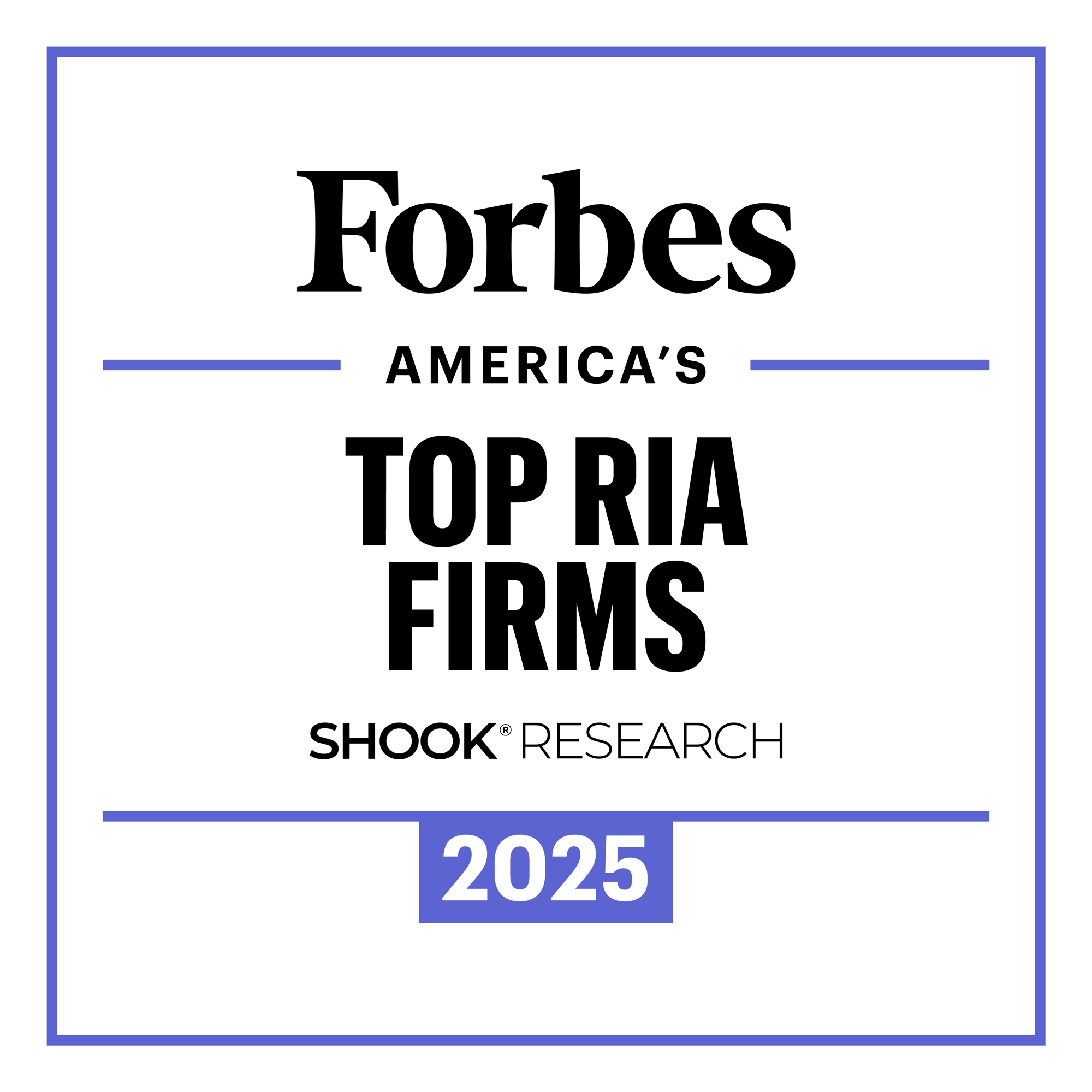In recent meetings with clients and prospective clients, investor sentiment is quite pessimistic, they think that we are in some sort of bubble, that there was a “Trump bump” or that the Market is high simply because there is no alternative — “TINA” — to stocks.
We offer an alternative perspective for the current level – and probable future higher level 1 — of the S & P 500. Americans are far richer today than they have ever been with household net worth rising above $95 trillion in Q1 2017. It was $68 trillion at its pre-recession peak in 2007. Banks’ excess reserves stand at about $2.5 trillion and corporate cash as a percentage of current assets is at 30% or about twice what it was heading into 2000. Never in American economic history have the balance sheets of banks, corporations and households been simultaneously stronger.
Consensus (S & P 500) earnings for 2017 is $131 and $147 for 2018. Both will be records. The upsurge in corporate cash dividends has been remarkable. Coming out of the Great Recession — after a very slow economic recovery – dividends hit an all-time high of $30 in 2012. Just four years later in 2016 dividends grew by 50% to $45! For the past 25 years, the average P/E ratio for the S & P 500 was 16 and the average 10-year Treasury yield was 4.5%. Today the P/E is 18 and the 10-year Treasury yields just over 2%. Earnings are worth a lot more in a low yield environment. Based on the facts, the market does not appear to be overvalued and based on investor psychology described below, this bull market is likely in its second inning.
Investor pessimism is alive and well! In spite of the fact that we are in the midst of the second longest bull market in history, investors were net sellers of stocks for the first four years of this bull – 2009-2012 — when the market rose about 135%. In fact, they have been net sellers of U.S. stocks for seven of the past nine years, including net liquidations in 2015 and 2016. The most recent American Association of Individual Investor (AAII) survey shows investor bullish sentiment at about 32%, while the long-term average is close to 39%. The most recent Gallup poll shows that the average percentage of Americans who own stocks stands at 54%, close to a 20 year low! Institutional investors are equally pessimistic. According to the National Association of College and University Business Officers survey, colleges and university endowments and affiliated foundations with portfolios of over $1 billion have only 13% of their portfolios in US equities. So much for “TINA!”
What about the future? According to a recent Brookings Institute study, millions of people are crossing the poverty line in to the middle class each month in countries like India, China Indonesia and Mexico so that, by 2020, for the first time ever, a majority of the world’s population will live in middle class or rich households. In 2015, middle class spending was $35 trillion and now accounts for 1/3 of the global economy. By 2030, middle class spending could double to about $65 trillion.
Bottom of the second, no outs, batter up!
Jonathan Blau
1 We are not making a short-term call. Should we experience a cyclical down (“bear”) market interrupting what we view as a long-term secular up (“bull”) market, – similar to 1987’s interruption of the great bull market of 1982-2000 — we will be advising clients to aggressively add funds to the market.

